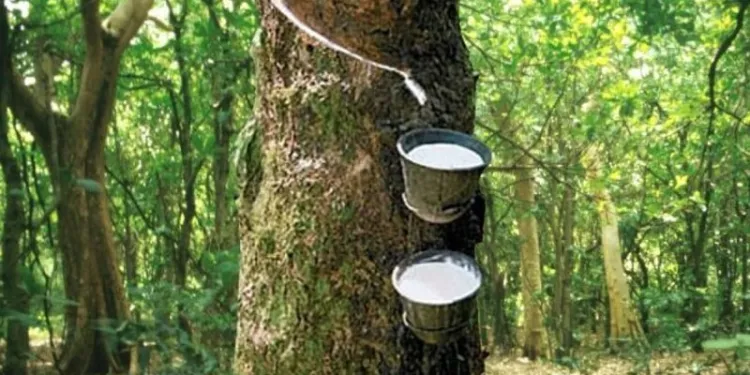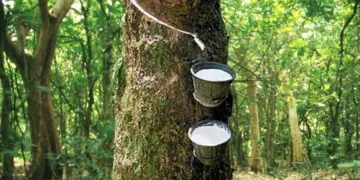Penang, Malaysia – A group of international scientists have sequenced the draft genome sequence of the rubber tree Hevea brasiliensis, the major commercial source of natural rubber. The manuscript describing the draft genome is published in BMC Genomics. Scientists have sequenced the draft genome sequence of the rubber tree Hevea brasiliensis, the major commercial source of natural rubber.
Rubber is an indispensable commodity that is used in manufacturing worldwide, in this billions of dollars industry. The plant has played a vital role in the world economy since 1876. Currently, Asia accounts for about 93 percent of the global supply of rubber. The manuscript describing the draft genome is published in BMC Genomics.
The team identifed around 12.7 percent of the almost 70,000 genes as unique, and outline those associated with rubber biosynthesis, rubber wood formation, disease resistance and allergenicity.
The rubber industry is affected by rubber blight – a fungal disease – and natural rubber allergenicity, a global medical concern for those repeatedly exposed to latex-containing products (e.g., gloves). Ahmad Yamin Rahman and colleagues believe that this draft genome information will accelerate the development of high-yielding natural rubber plants. This will lead to assistance in latex production, wood development, disease resistance and allergenicity.
Source: Rubber World



























